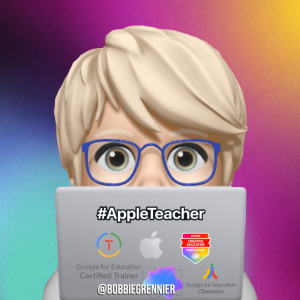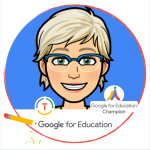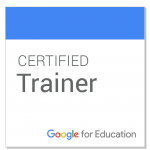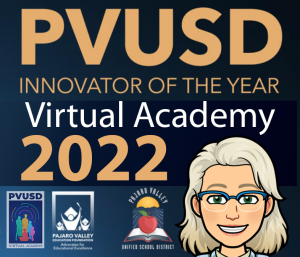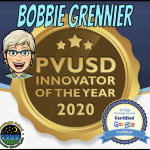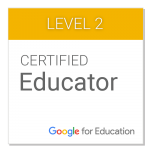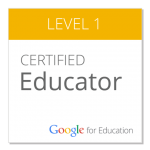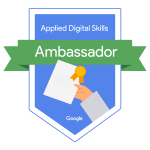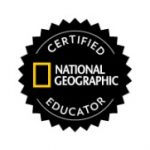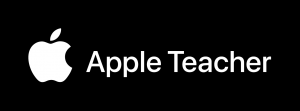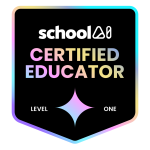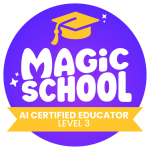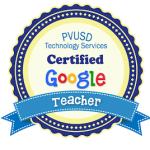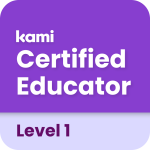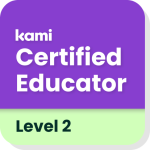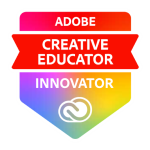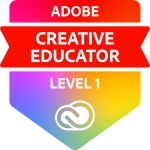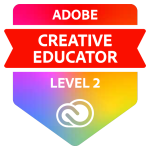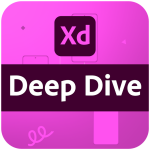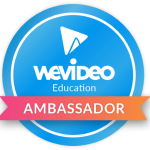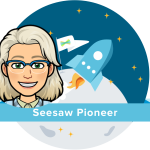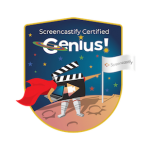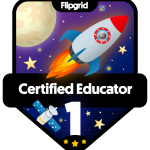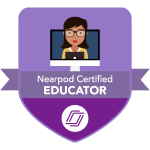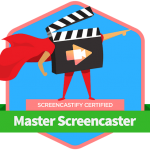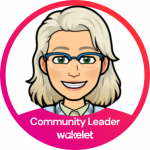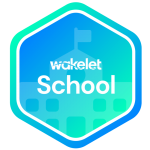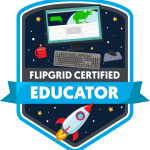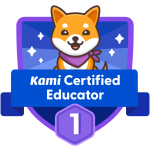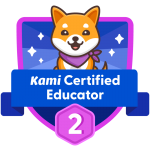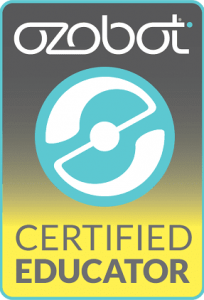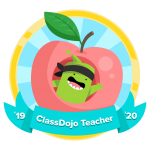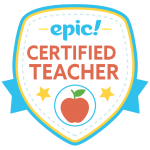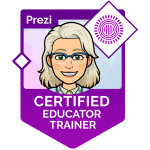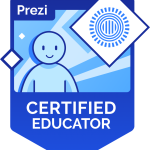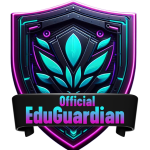Technology Concepts and Informational Resources
|
Concept Name |
Description |
Links to Resources |
|
1:1 |
One to one is the idea that every student has a device. |
|
|
Collaboration |
Technology should be used as a way to collaborate and work together. Often computers are used as a way to isolate students from each other. Technology can also be used as a way to bring students together. |
|
|
Digital Citizenship |
The act of being responsible digital users. This concept needs to be taught and reinforced from a young age. The use of technology is a powerful tool. Our students need to act responsibly and ethically. |
Common Sense Media has many great resources for teaching digital citizenship |
|
Digital Native vs Digital Immigrant |
Digital natives are people that have grown up with technology. They have experienced the world with technology their whole lives. Digital immigrants are those that are learning technology. Most likely, your students will be able to do more than you,or show you how to do some things with technology. This is okay. Embrace the learning and showcase students abilities. But remember, just because they were born with technology at their fingertips doesn’t mean they know how to use it effectively or educationally. |
|
|
Flipped Classroom |
A flipped classroom is more than just playing a movie for the students and expecting them to learn. The flipped classroom does expect students to learn from movies at home like a lecture and then the teacher devotes class time to projects and deeper understanding. |
|
|
Gamification |
The use of games to promote standards. Students respond positively to games so why not incorporate them into your lesson plan. Teachers are using games to promote all kinds of standards. Even better, have students create their own games. Teachers have been using gamification for generations but with the added help of technology, games can be even more engaging. So promote reading, writing, science, social studies, problem solving, math and so much more with any game you are comfortable with. The resources are just a few examples to get you thinking about gamification. The possibilities are endless. |
Mindcraft: Education Edition – Student can use this popular game to build and explore. Machinarium – Students can explore this problem solving world. Or use as the teacher with the students suggesting problem solving skills and using descriptive language describing what is happening. Elegy for the Dead – Teach writing while exploring. Program prompts you to write and share as you explore. |
|
Genius Hour |
Linked to student choice, genius hour is a way to give students ownership of their learning. Students are given choice on what they want to learn. |
Genius Hour Website – Has information, videos, and webinars. |
|
Professional Learning Network (PLN) |
Learning from peers. Building a group of professional educators that you can share ideas with is extremely helpful, especially when implementing new technology. Collaborate and share among peers for awesome ideas. Sharing with professionals outside of your school or district is a great way to learn as an educator. A few examples are listed to the right. |
Collaborate through: |
|
Project Based Learning |
Related to student choice and a flipped classroom, project based learning emphasises student driven learning. Students start thinking about creating and developing as opposed to repeating information. |
|
|
SAMR Model |
This is the idea that using technology is a spectrum.
|
2016 Cue Presentation on SAMR – Includes visual representation of the SAMR model and examples of what it looks like across the spectrum. |
|
STEAM |
STEM stands for science, technology, engineering, art, and math education. STEM learning is essential to the standards and real life application. |
Monterey County STEAM page. |
|
Student Led Learning |
Students learn best when they are interested in the topic or activity. Give students a choice. Even limiting the choices empowers the student. Let students choose what they study and how they present the material. |
|
|
Tech Helpers |
You will have advanced, middle, and beginner tech students. Empower your advanced students by creating a class or school tech team. Have struggling students ask the tech team first. Many basic problems can be solved with minimal support from the teacher. The students are digital natives, let them show it. |

